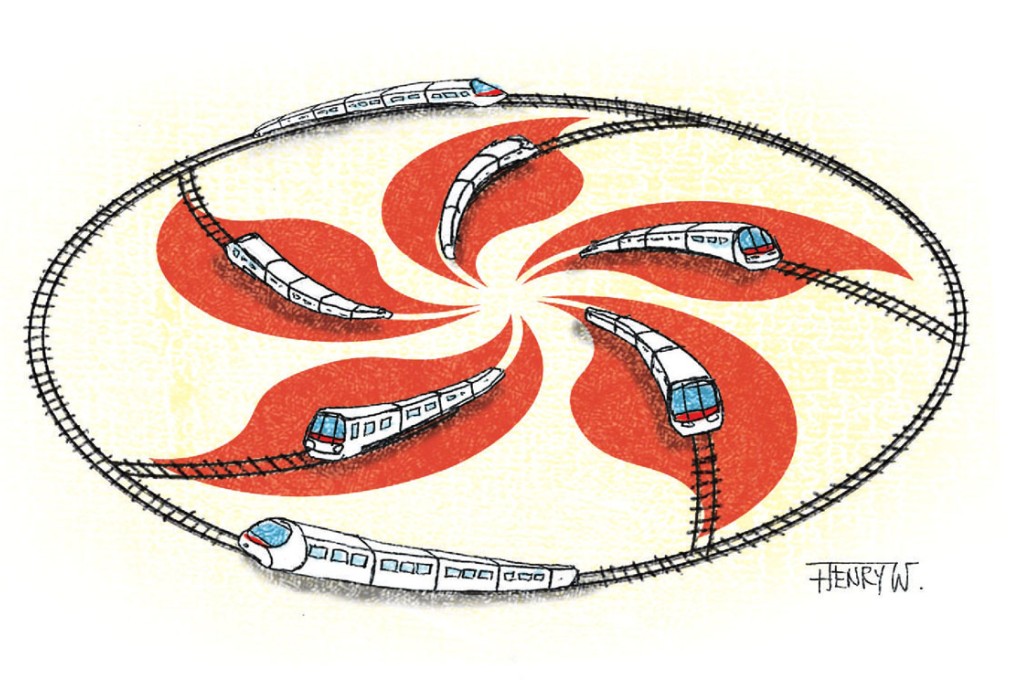New rail projects will keep public transport system right on track
Anthony Cheung says the seven projects to enhance our rail network will help move millions around the city efficiently and reliably, building on the policy of making railways the backbone of Hong Kong's public transport system

The government's new railway development strategy provides a blueprint for planning the expansion of Hong Kong's network up to 2031. It is based on a consultancy review of the 2000 development strategy, taking into account views collected in two rounds of public engagement in 2012 and last year. Seven railway lines, extensions and station schemes, at an estimated total cost of HK$110 billion in 2013 prices, are proposed - namely, the Northern Link and Kwu Tung Station, Hung Shui Kiu Station, Tuen Mun South Station, Tung Chung West Station, the East Kowloon Line, South Island Line (West) and North Island Line.
By 2031, the combined network will be more comprehensive, with an increase in total railway length from 270km in 2021 to over 300km, with 114 stations.
Rail's share of public transport will increase to 45-50 per cent, and that of cross-harbour movements, highly constrained by road capacity, to 77 per cent. About 75 per cent of the population and 85 per cent of job opportunities will be within 1km of a station, releasing further development potential to support economic and social activities.
A range of factors has been carefully considered when coming to these proposals - transport demands and patterns; travel quality and efficiency; enhanced network coverage, linkages and accessibility to jobs, residential centres and social opportunities; serving key development areas and facilitating land-use planning; environmental impact; engineering and operational feasibility; and cost effectiveness. Network expansion will also help to relieve crowding and improve connectivity within the city.
Two schemes consulted upon during the public engagement are not recommended for implementation before 2031 - the coastal railway between Tuen Mun and Tsuen Wan and the Hong Kong-Shenzhen Western Express Line. For the present planning time frame, the coastal railway, estimated to cost HK$65 billion, has only modest transport demands given the dispersed population along the coastline, and thus lacks financial viability.
Nonetheless, the northwest New Territories will see continuous growth in the coming decades, especially as the government plans to develop Lantau and Tung Chung. Depending on future planning circumstances and population changes, as well as increases in transport demands, the need for a railway link may have to be re-examined. We will closely monitor traffic patterns and demand in the region. As for the western express line, while there is some support for enhancing rail links with western Shenzhen, given its high cost - exceeding HK$110 billion - the cost-effectiveness of an airport-to-airport link, as originally conceived, is in doubt.
